There is no shortage of different weeds native to the UK. With summer almost here, we’re already starting to see the tell-tale buds of weeds getting ready to blossom and grow. Of the many variants of weeds found in the UK, a large number of them are flowering weeds.
These are a few of the most commonly found flowering weeds you might expect to see in a UK outdoor space - check out our handy guide to identifying common flowering weeds in the UK!
Weeds with White Flowers:
These are some of the common weeds with white flowers you can find in the UK:
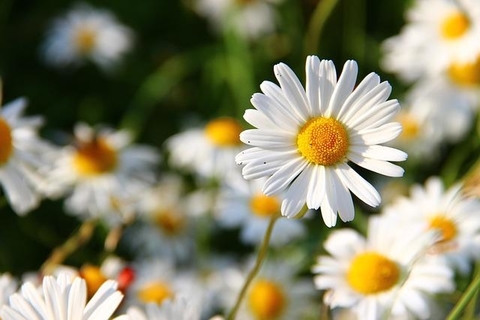
Daisy ~ Bellis Perennis
- Daisies, often referred to as the common lawn daisy, are one of the most common and easily identifiable flowering lawn weeds found in the UK. It is a herbaceous perennial that can grow in almost any condition.
- Daisies can be identified by their large number of long and slender white petals surrounding a bright yellow disc floret. They typically grow close to the ground on lawns and are difficult to remove by mowing.
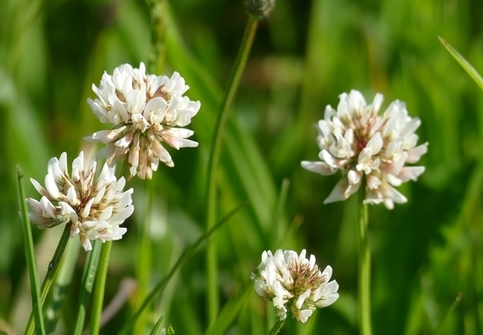
White Clover ~ Trifolium Repens
- White Clover is a herbaceous perennial plant native to the UK and Europe. It is cultivated for its health benefits, such as treating rheumatic aches and gout.
- It can be identified by its distinctive round white head. They are typically small and measure in at an average of 1cm across. They have long-stalked elliptic shaped leaves. Their white heads can sometimes have a pinkish tint to them.
Weeds with Yellow Flowers:
These are a few of the most common yellow flowering weeds that grow in the UK:

Dandelion ~ Taraxacum Officinale
- Dandelions are another flowering herbaceous perennial weed found in the UK. Dandelions are edible, and members of the taraxacum family can be found all over the world.
- Dandelions can be identified by their thick fluffy yellow head that is well known for aging into a round ball of fluffy tufted seeds that disperse in the wind later on in its life cycle. The hollow stem of a dandelion contains a milky sap and their leaves are long and jagged.
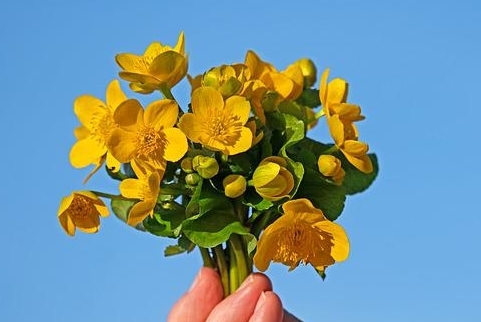
Creeping Buttercup ~ Ranunculus Repens
- Creeping Buttercup is a herbaceous perennial weed native to Europe, Asia, and some parts of Africa. They are popular with young children who play a game that involves holding a buttercup flower beneath the chin and using the light bouncing off the petals onto the chin to judge as to whether or not they like butter.
- You can identify the buttercup weed by its dark green leaves with uneven edges. Both the leaves and stems are usually slightly hairy. Buttercup flowers usually have five smooth and glossy yellow petals, but they can have as many as ten.
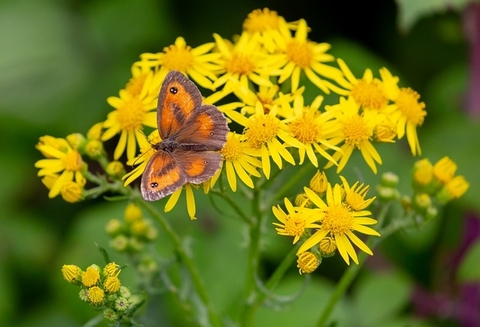
Ragwort ~ Jacobaea Vulagaris
- Ragwort, also commonly referred to as Stinking Willie due to the unpleasant smell it emits when its leaves are bruised, is a common weed native to northern Eurasia. Ragwort is toxic for cattle and horses, but also plays an important role in local ecosystems as it’s a great source of nectar which feeds insect pollinators.
- Ragwort is considered to be biennial but can sometimes exhibit perennial properties under certain conditions. Their stems are erect and hairless, and can grow anywhere between 30 – 200cm. Their leaves are pinnately lobed and give off an unpleasant smell when bruised. Ragwort flowerheads have bright yellow petals that are fairly narrow and thinly dispersed.
Weeds with Purple Flowers:
Take a look at the following profiles of purple flowering weeds:
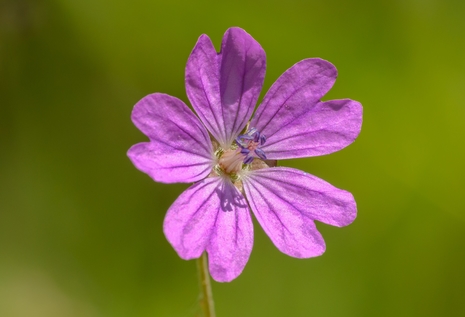
Dovesfoot Geranium ~ Geranium Molle
- Dovesfoot Geranium, also known as Dove’s Foot Crane’s-bill, is an annual herbaceous native to the Mediterranean, but can be found in Europe and North America.
- Dovesfoot geranium are very petite plants, averaging between 5 – 30cm tall. The petals are small and pinkish-purple in colour. They also have a shape that looks slightly like a heart. The plant is in general rather hairy, as are the rounded leaves.
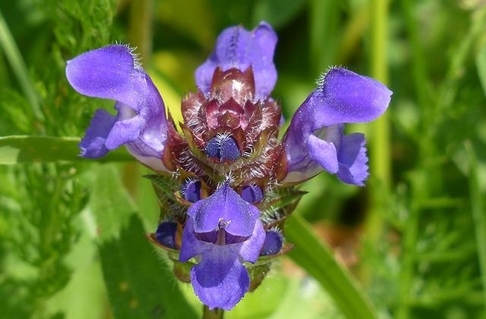
Heal-all ~ Prunella Vulagaris
- Heal-all, also known by a number of other names such as the common self-heal, woundwort, heart-of-the-earth, carpenter’s herb, or blue curls, is an herbaceous perennial native in Europe, Asia, Africa, and North America. The plant is fully edible and is recorded as having a number of different health benefits such as reducing inflammation and preventing diabetes complications.
- Heal-all can grow from 5 – 30cm high, and has rough reddish stems. The leaves are lance shaped and serrated, and the flowers grow from a squared cluster. The flowers themselves have a very unique shape – they have two lips that almost look like an open mouth, the top lip being purple, the bottom lip can sometimes be white.
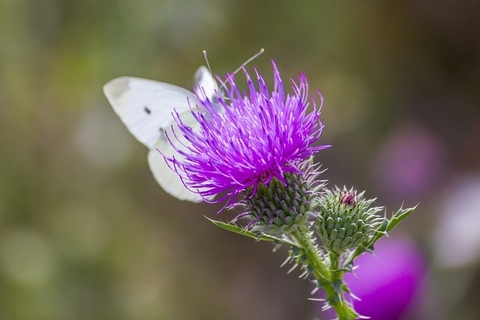
Spear Thistle ~ Cirsium Vulgare
- Spear Thistle is a biannual broadleaf native to most of Europe, and some areas of Asia, Africa, and North America. It’s well known for its pointy spikes, vibrant purple colour, and for being the national flower of Scotland.
- The Spear Thistle is a relatively tall weed, growing up to 70cm in its first year and up to 150cm in its second. The stem has spine-tipped wings, and the spiney grey green leaves can grow up to 30cm long. The pink-purple flower head is very distinctive, and in its seeding time it becomes white and downy to assist in wind dispersal, similarly to dandelions in seed.
* * *
Although many of these flowering weeds can be pretty to look at and are not directly harmful, if you’re aiming for a cultivated look in your garden the presence of unwanted weeds can mean nothing but unnecessary labour and time. Weeds can also impose on your cultivated plants and make it more difficult for them to grow by taking up space, light, and nutrients.
If you’ve found yourself with a weed problem in your garden, Lawn & Weed Expert can help. We have first-class weed management and control services that can help you keep your lawn looking the best it can be. If you’d like to find out more about the different ways we can help, check out the weed control services page on our website.
Weed Control Services
Here at Lawn & Weed Expert we’re dedicated to making sure you get the best treatment for your lawn. To help you find bespoke garden services best suited to you, we offer FREE lawn surveys. To get a no-obligation quote that can tell you what kind of services your garden might benefit from and how much you might expect to pay, reach out and contact us today to arrange your free survey.
Free Survey
Read More: What Types of Weeds Are There?